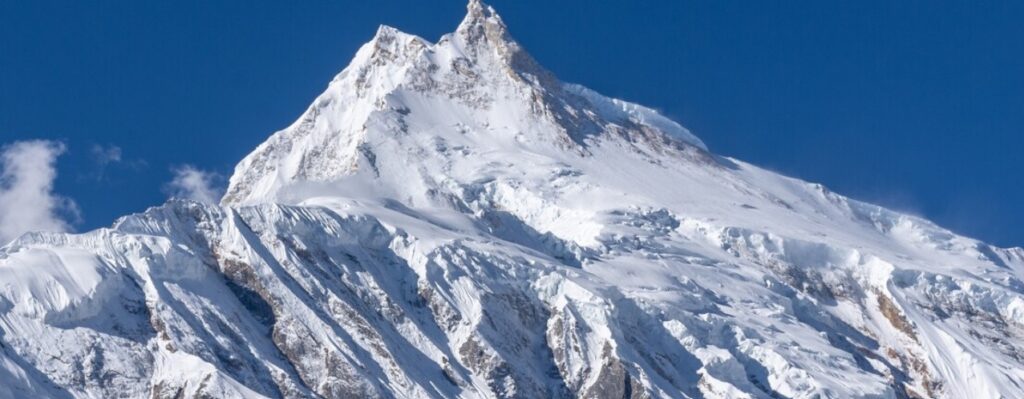Have you ever dreamed of standing beneath the mighty Mount Everest? If yes, then Everest Base Camp Trekking might just be the adventure you need. This iconic journey is not just about reaching the base of the world’s highest peak but experiencing the culture, nature, and challenges along the way. Whether you’re an experienced hiker or someone just starting your trekking journey, Everest Base Camp Trekking offers something magical.
Many first-timers often compare it with Pikey Peak Trekking, which is a shorter and less crowded trek. While Pikey Peak Trekking is excellent for beginners and offers stunning Himalayan views, Everest Base Camp Trekking is the ultimate Himalayan experience.
What Makes Everest Base Camp Trekking So Special?
-
You get to walk in the footsteps of legendary mountaineers.
-
The trek offers breathtaking views of Everest, Lhotse, Nuptse, and Ama Dablam.
-
Villages like Namche Bazaar and Tengboche allow you to experience rich Sherpa culture.
-
The trek challenges your physical limits while rewarding you with unforgettable memories.
-
Sunrise from Kala Patthar is a moment you’ll cherish for life.
The journey is not only about the destination but also about the people, landscapes, and personal growth along the way. Compared to Pikey Peak Trekking, this route is more demanding, but the rewards are equally higher.
How to Get Ready for Everest Base Camp Trekking
Preparing for a high-altitude trek may sound tough, but with the right approach, it’s totally achievable.
Start Training Early
-
Focus on building endurance through cardio exercises like walking, jogging, or cycling.
-
Take long walks with a loaded backpack to mimic real trekking conditions.
-
Include stairs or hill walks in your routine to prepare for the uneven terrain.
Pack Smart and Light
-
Stick to the essentials: warm clothes, trekking boots, gloves, and a good down jacket.
-
Don’t forget sunscreen, lip balm, and sunglasses to protect from the sun and wind.
-
Carry water purification tablets or a reusable filter to stay safe and hydrated.
Learn About Altitude Sickness
-
Know the symptoms like headache, nausea, and dizziness.
-
Drink plenty of fluids and take regular breaks.
-
Don’t rush the trek—acclimatization days are important for adjusting to higher altitudes.
Where Does the Everest Base Camp Trek Start?
Most people fly into Lukla from Kathmandu to start the trek. The adventure begins right from the tiny airstrip at Lukla, known for being one of the most thrilling airports in the world. From here, the trail winds through scenic villages, hanging bridges, and pine forests.
Some trekkers compare this with Pikey Peak Trekking, which starts from lower altitudes and is often accessed by jeep or bus. If you’re short on time, Pikey Peak Trekking is a great warm-up for your eventual Everest Base Camp Trekking adventure.
What to Expect on the Trail
The trail is well-defined and passes through villages like Phakding, Namche Bazaar, Dingboche, and Gorak Shep before reaching Base Camp. Each day offers new sights, from rhododendron forests to snowy ridges.
Things You’ll Love
-
The friendly locals and cozy tea houses along the way.
-
Prayer flags fluttering in the wind, adding a spiritual charm.
-
Yaks carrying supplies, making you feel like part of a traditional Himalayan caravan.
When is the Best Time to Go?
Spring (March to May) and autumn (late September to November) are the best seasons. The weather is usually clear, and the views are stunning. Winter treks are possible but colder, while the monsoon season makes the trail slippery and less enjoyable.
Tips for a Smooth Trekking Experience
-
Always keep a few buffer days in your plan in case of flight delays or weather changes.
-
Use walking poles to ease strain on your knees during downhill stretches.
-
Engage with fellow trekkers—it’s a great way to make friends and share experiences.
-
Don’t skip acclimatization stops, even if you feel fine. It’s better to be cautious.
-
Respect local customs—greet with a “Namaste” and dress modestly.
Is Everest Base Camp Trekking Right for You?
If you’re someone who loves mountains, physical challenges, and learning about different cultures, then yes, this trek is for you. While it’s more intense than Pikey Peak Trekking, it also brings a stronger sense of achievement.
That said, if you’re a beginner or not sure about your stamina, starting with Pikey Peak Trekking might help build confidence and prepare you for Everest Base Camp Trekking later on.
What About Cost and Budgeting?
While you don’t need to be rich to do this trek, budgeting helps.
-
Accommodation in tea houses is generally affordable.
-
Meals can get pricier the higher you go, so it’s good to carry some snacks.
-
You’ll also need permits like the TIMS card and Sagarmatha National Park entry.
-
Don’t forget tips for guides and porters if you choose to hire them.
Final Words: Embrace the Journey
Everest Base Camp Trekking is more than just a hike—it’s a life experience. Every day on the trail teaches you patience, gratitude, and resilience. Whether you’re gazing at snow-covered peaks or sipping warm soup in a tea house, the moments stay with you long after you return home.
If you’re still unsure, test the waters with Pikey Peak Trekking first. It offers magnificent views and is a good introduction to trekking in Nepal. But if you’re ready for a grander challenge, Everest Base Camp Trekking awaits with open arms.





More Stories
Louis Vuitton Wall Art: The Ultimate Statement in Luxury Interior Decor
How to Choose the Right Wedding Photographer in Denver Without Stress
What to Know Before Hiring a Gutter Company in Gainesville FL: A Friendly Guide